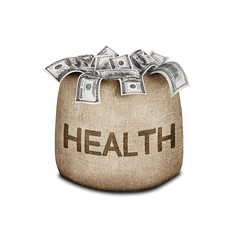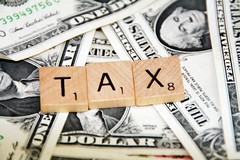As New Year’s Eve descends upon us, and we give serious thought to resolutions, we should try hard to commit to live green. The best reason to resolve to live green is that by doing this, so many of the other items on our “usual” lists will happen as an offshoot. Considering that most people’s list of resolutions include exercising, losing weight, eating healthy, reducing clutter, reducing stress, being more spiritual, and spending wisely, you will find that with the adoption of green initiatives, all or most of these goals will be accomplished in the process without the anxiety and trepidation often felt when focusing on these goals directly.
To get you started, we here at LGBG would like to offer some tips on green living.
Buy local to eat greener.
Buying local is important because it gives consumers more immediate access to fresher food, particularly fruits and vegetables. Additionally, local farms often are governed by very restrictive ordinances in terms of fertilization to prevent runoff of chemicals into rivers and streams. These farmers are members of the communities that they serve and are expected to endorse sustainable practices. On the other hand, large corporate factory farms are invisible to communities and often can obtain favorable legislation for their practices through lobbying efforts.
It also is important to note that locally grown food reduces the need for extended transportation to markets, thereby reducing the carbon footprint. You also will find fewer additives to maintain color or prolong freshness of the food products. Finally, buying from local businesses promotes reinvestment in the community. The big payoff here is that the consumer gets healthier, less expensive food and his/her purchases benefit the community. So for the New Year, make sure your green resolution starts with your diet.
Resolve to clean green in 2014.
Now is a great time to switch from toxic cleaning chemicals to eco-friendly products. There are so many green cleaning products on the market that will help you make your house spotless without contaminating the air in your house. Also, try stocking up on baking soda, vinegar and even castile soap for daily cleaning, along with reusable cleaning cloths. You can breathe easier and reduce spending on cleaning products. Simultaneously, you can apply some elbow grease and burn extra calories.
Walk, run, bike, play– Resolve to get moving.
Make this the year that you get off the couch and get moving to burn calories. Exercise, along with a healthy diet, will aid in weight reduction, healthier joints, lower blood pressure, improved heart rate, improved food digestion and improved sleep. This is a great chance to use the features of a smartphone. Download your favorite songs and create a playlist for exercise routines, reduce stress with motivational music and audiobooks or engage exercise apps to track your dietary record or exercise progress. Join a bowling league, softball team, tennis club, etc. Physical exercise is great for family time or to engage socially and make new friends. Make 2014 the year that you get moving.
Make green living a habit.
Unlike past years, this time around plan to make healthy green living a habit. Do not overload yourself or set a specific date to achieve a goal. Plan a lifestyle change. Be creative and involve the entire or family in green initiatives. Have fun, save money, and enjoy the health benefits that follow.
From all of us here at LGBG, we wish all of our readers a healthy, happy and green New Year!
___________________
Resources for this article:
[1] http://life.gaiam.com/article/green-resolutions-new-year
[2] http://www.huffingtonpost.com/tag/green-new-years-resolutions








